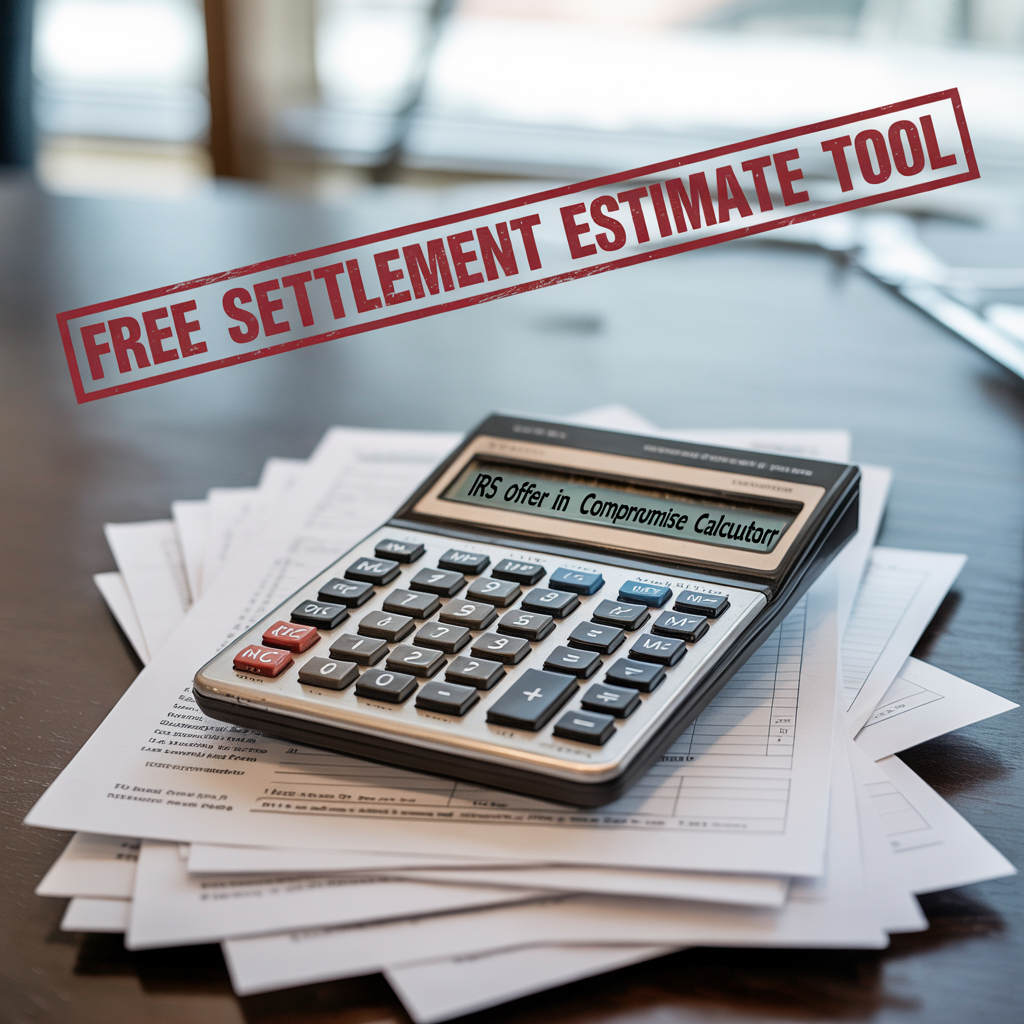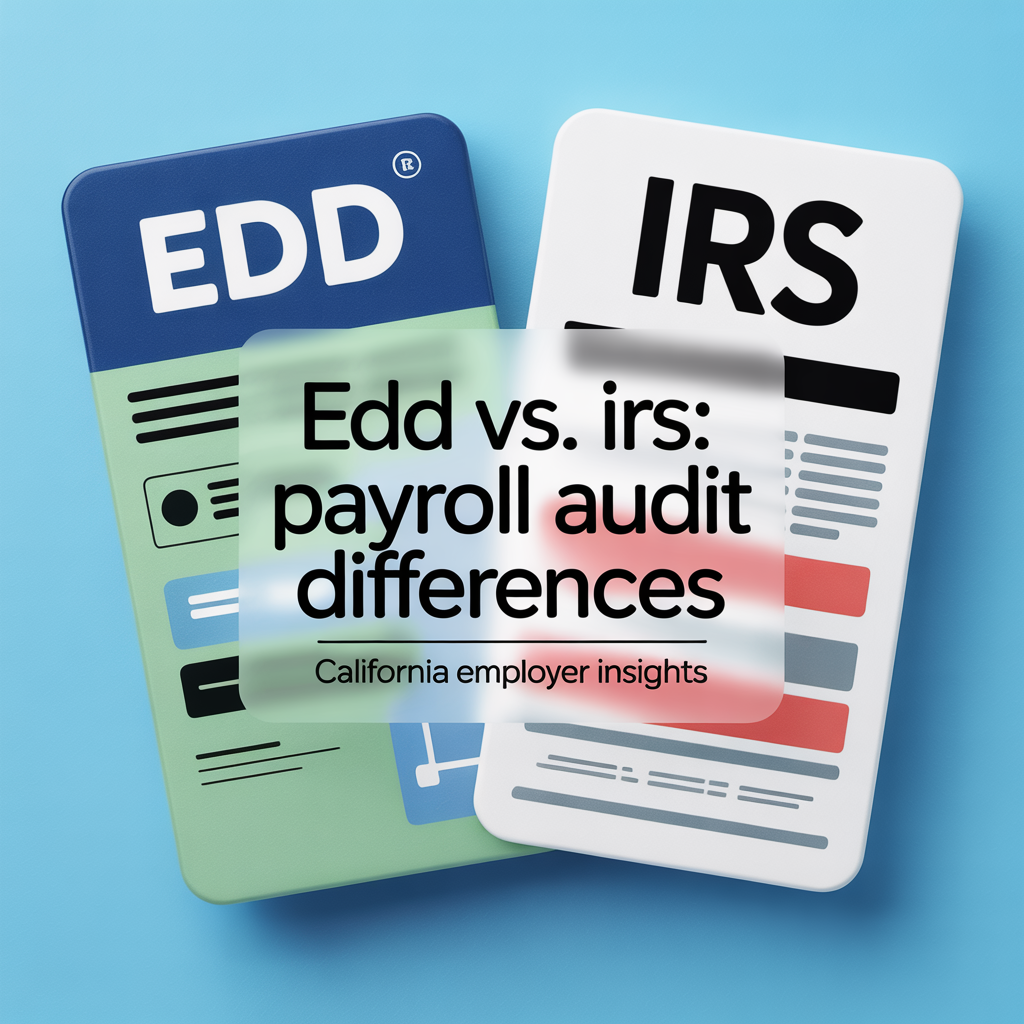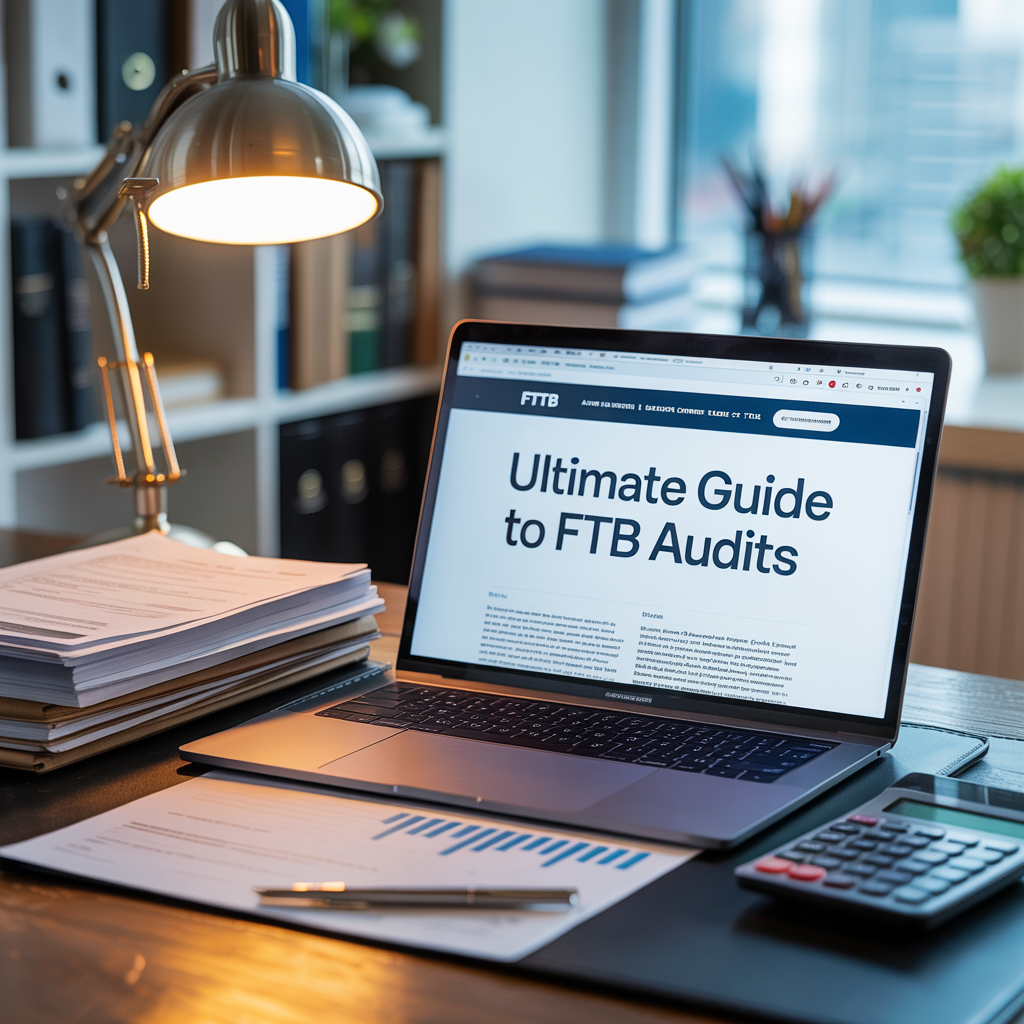The Dog Ate Your Homework: How to File a Tax Return If You Don't Have Records
By Boulanger CPA and Consulting – Trusted Orange County Tax Accountants

Filing taxes can be stressful, but what if you don’t have the necessary records? Whether your tax documents were lost, misplaced, or never properly kept, failing to file can result in IRS penalties and increased scrutiny. Fortunately, you can still meet your tax obligations by reconstructing tax records, using IRS resources, and following best practices for estimating your income and expenses including how to file back taxes in Orange County without full records.
This guide will help you navigate how to file taxes without records, whether you’re missing a W-2, business expenses, or other key documents. A vital step if you’re wondering what to do if you haven’t filed in years.
Why Keeping Tax Records Matters
IRS Requirements for Tax Documents
The IRS requires taxpayers to maintain records that support:
- Reported income (e.g., W-2s, 1099s)
- Business expenses
- Deductible personal expenses (e.g., mortgage interest, medical bills)
- Asset purchases and sales
If the IRS audits you and you can’t provide proper documentation, you risk additional tax liabilities, penalties, and interest. However, even if you have missing tax documents , the IRS allows reasonable reconstruction of tax records to complete your return accurately.
Step 1: Gather Available Documents
If you’ve lost key tax records, start by collecting financial information from other sources.
1. Bank and Credit Card Statements
Your bank and credit card transactions can help reconstruct your financial history:
- Income records: Review deposits from employers, clients, or payment platforms (PayPal, Stripe, Venmo).
- Expense records: Identify deductible expenses such as business purchases, office supplies, and vehicle-related costs.
Many banks allow access to statements for up to seven years, so check your online banking portal or request copies.
2. IRS Wage and Income Transcripts
If you've lost your W-2 or 1099s, the IRS can help retrieve missing tax documents through its Wage and Income Transcript giving you a way to access IRS wage and income data.
To access your IRS transcript:
- Visit IRS.gov
- Select "Get Transcript Online" or request by mail
- Choose “Wage and Income Transcript”
- Download for the relevant tax year
This transcript includes reported earnings from employers and clients , helping you accurately file your tax return.
3. Employer or Client Records
If you are missing a W-2 or 1099 , request a copy from your employer or clients. Employers must keep payroll records, and companies that hired you for contract work are required to issue 1099 forms for payments over $600.
4. Small Business Tax Filing Without Records
For self-employed individuals, reconstructing income and expenses can be challenging. Use:
- Bank statements to track business deposits and purchases
- Invoices or sales receipts (if available)
- Payment processor records (PayPal, Stripe, Square)
- Industry averages to estimate missing data
If the IRS audits you and your records are incomplete, they may use bank deposit analysis or net worth assessments to estimate unreported income.
Step 2: Estimate Missing Income and Expenses
If filing taxes without receipts, you must make reasonable estimates.
1. Estimating Income
- Compare prior tax returns for consistency
- Look at industry benchmarks for earnings in your field
- Use historical sales records if you're self-employed
2. Reconstructing Business Expenses
Missing expense records? Here’s how to estimate deductions legally :
- Home office deduction : If you work from home, calculate the square footage of your workspace compared to your home’s total size.
- Mileage deduction : Use Google Maps to estimate business-related travel distances if you don’t have a log.
- Office supplies and software : Review past purchases in your bank or credit card transactions.
3. IRS Safe Harbor Rules
The IRS allows reasonable estimates when records are missing due to circumstances beyond your control (e.g., natural disasters, theft). However, estimates must be credible and consistent with prior tax filings.
Step 3: Request an Extension If Necessary
If you’re missing critical records and need more time to reconstruct them, file Form 4868 for an automatic six-month extension.
Important:
- Extensions do not extend your time to pay taxes—only to file.
- Estimate your tax liability and pay what you owe to avoid late-payment penalties.
Step 4: File Your Tax Return & Attach Explanations (If Needed)
If you used estimates to reconstruct your records, consider attaching an explanatory statement to your return.
Example:
“Due to the loss of financial records, income and deductions have been estimated using available bank statements, IRS transcripts, and industry standards. Supporting documentation can be provided if necessary.”
While not required, this statement demonstrates a good-faith effort in case of an IRS review. A responsible approach if you need to resolve balances after filing estimated returns.
Step 5: Prevent Future Recordkeeping Issues
To avoid tax headaches in the future, follow these best practices:
1. Use Accounting Software
Cloud-based tools like QuickBooks, Xero, or Wave can automatically track income and expenses.
2. Digitize Receipts
Use apps like Dext or HubDoc to scan and store receipts.
3. Keep Business and Personal Finances Separate
Open a dedicated business bank account and credit card for all transactions.
4. Back Up Records
Store financial documents in Google Drive, Dropbox, or external hard drives.
5. Work with an Orange County Tax Accountant
A CPA firm in Orange County can ensure compliance, track deductions, and handle IRS issues before they become problems, especially when you need to catch up on unfiled returns and reduce penalties.
Get IRS Tax Help in Orange County
If you’re struggling with lost tax records, missing W-2s, or an IRS audit due to missing records , Boulanger CPA and Consulting can help.
- Expert IRS tax help in Orange County
- Reconstructing tax records for individuals and small businesses
- Small business tax filing without records
- Help to file back taxes in Orange County without full records
📞 Call 657-218-5700 or visit our website to schedule a consultation today!
Filing taxes without receipts or missing documents doesn’t have to be stressful. Take action now, and let our expert team guide you through the process.
Frequently Asked Questions
Can I file my taxes if I don’t have any documents?
Yes. You can use IRS transcripts, bank records, and estimates to reconstruct your income and deductions.
What records does the IRS already have?
The IRS stores wage and income data like W-2s, 1099s, and mortgage interest statements. A CPA can request this on your behalf.
Will I get audited if I estimate too much?
If you estimate aggressively or inconsistently, it can trigger red flags. A conservative and well-documented approach reduces risk.
Can I still claim deductions without receipts?
You may be able to use reasonable estimates or recreate expenses using bank statements and mileage logs. Substantiation is still important.
How do I avoid late filing penalties?
Even estimated filings help reduce penalties. A CPA can also request first-time penalty abatement or argue for reasonable cause.
Should I work with a local CPA?
Yes. An Orange County CPA can request transcripts, reconstruct your records, file missing returns, and defend your estimates if questioned.
📣 About the Author
Marc Boulanger, CPA is the founder of Boulanger CPA and Consulting PC, a boutique tax resolution firm based in Orange County, California and trusted by high-income individuals and business owners across Southern California.
He is the author of Defend What’s Yours: A California Taxpayer’s Guide to Beating the IRS and FTB at Their Own Game, available now on Amazon. The book offers a step-by-step plan for resolving IRS and FTB tax debt without losing your business, your home, or your peace of mind.
With over a decade of experience resolving high-stakes IRS and State tax matters, Marc brings strategic insight to complex cases involving wage garnishments, bank levies, unfiled returns, and six-figure tax debts. He is known for helping clients reduce or eliminate tax liabilities through expertly negotiated settlements and compliance plans.
Marc is a Certified Public Accountant licensed in California and Oklahoma and holds the designation of Certified Tax Representation Consultant. He is a member of the American Society of Tax Problem Solvers (ASTPS) — the national organization founded by the educators and practitioners who have trained thousands of CPAs, EAs, and tax attorneys in IRS representation strategy.
Every case is handled with discretion, proven methodology, and direct CPA-led representation — not call center scripts.
📍 Learn more at www.orangecounty.cpa or call (657) 218-5700.










